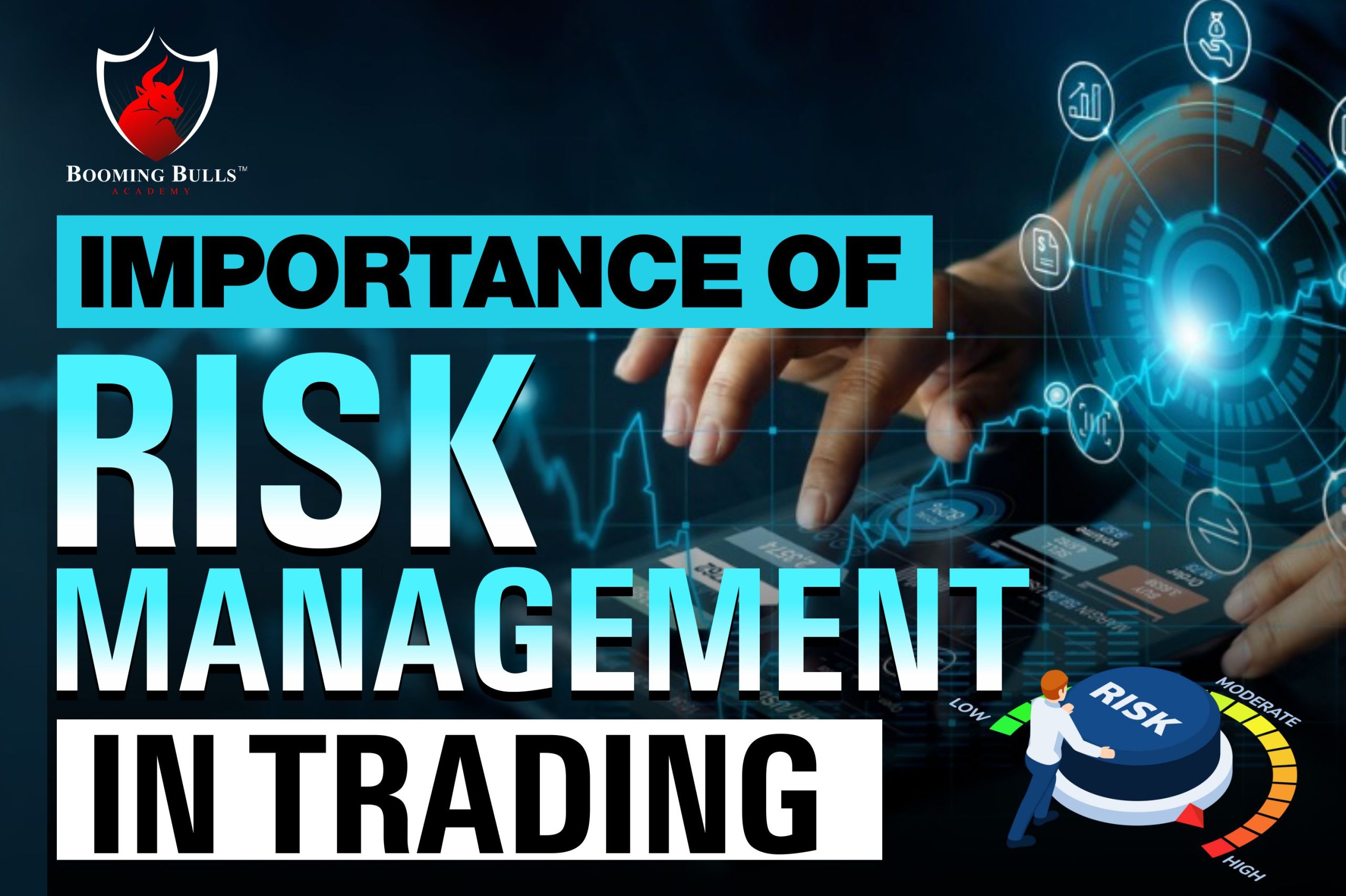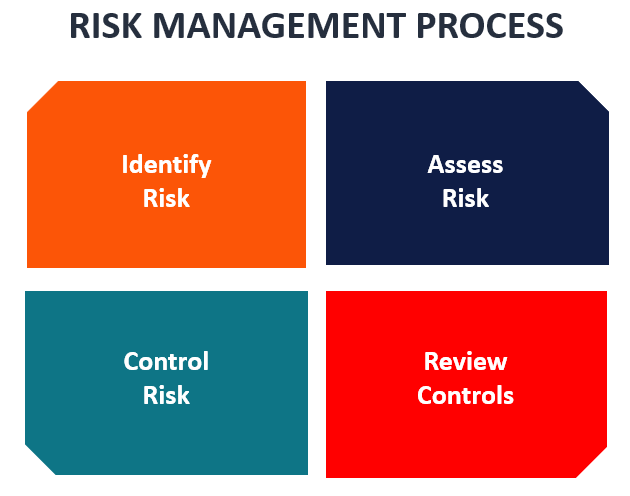How the Importance of Risk Management Shapes Effective Leadership
How the Importance of Risk Management Shapes Effective Leadership
Blog Article
Exploring the Importance of Risk Management for Effective Decision-Making Techniques
In the complex globe of business, Risk Management emerges as a vital element in the decision-making process. The ability to identify prospective dangers and chances, and plan as necessary, can lead to the distinction in between success and failing.
Understanding the Idea of Risk Management
Risk Management, a crucial element in decision-making, is typically misunderstood or oversimplified. Risk Management entails regimented and organized approaches, utilizing information and insightful evaluations. From monetary unpredictabilities, legal responsibilities, calculated Management mistakes, to mishaps and all-natural disasters, it deals with different risks - importance of risk management.
The Function of Risk Management in Decision-Making Processes
In the realm of calculated planning and service procedures, Risk Management plays an indispensable duty in decision-making processes. Risk Management hence comes to be an important tool in decision-making, assisting leaders to make educated options based on a thorough understanding of the risks entailed. Risk Management offers as a crucial element in the decision-making procedures of any kind of company.
Just How Risk Management Enhances Strategic Preparation
In the context of calculated planning, Risk Management plays an essential duty. Launching with the recognition of potential threats, it further reaches the implementation of Risk mitigation measures. The duty of Risk Management is vibrant yet not static, as it demands continuous monitoring and adjusting of methods.
Determining Prospective Dangers

Carrying Out Risk Reduction
Having developed the significance of identifying prospective risks, the next action is to discover Risk reduction. This procedure entails developing and executing strategies to take care of determined threats properly. It is a vital facet of critical planning as it improves decision-making by minimizing possible adverse end results. Risk mitigation strategies can range from Risk evasion, Risk transfer, to risk reduction. Each technique ought to be tailored to the certain Risk, considering its prospective influence and the organization's Risk resistance. Reliable Risk mitigation requires a deep understanding of the Risk landscape and the possible effect of each Risk. This understanding enables companies to prioritize dangers and allocate resources efficiently, making sure that one of the most significant hazards are dealt with first.
Tracking and Readjusting Techniques
Though Risk mitigation is a critical step in calculated preparation, continual tracking and change of these methods is just as vital. It also provides a possibility to review the success of the Risk Management measures, enabling modifications to be made where required, further improving tactical planning. Surveillance and readjusting Risk Management techniques is an essential component for enhancing a company's resilience and calculated preparation.
Instance Studies: Successful Risk Management and Decision-Making
In the globe of company and finance, effective Risk Management and decision-making typically serve as the columns of thriving ventures. These cases highlight the value of astute Risk Management in decision-making procedures. These situations emphasize the important duty of Risk Management in critical decision-making.
Devices and Techniques for Reliable Risk Management
These tools, such as Risk signs up and warm maps, help in determining and analyzing possible threats. Risk response strategies, a key like this element of Risk Management, include approving, staying clear of, transferring, or mitigating dangers. With these tools and techniques, decision-makers can navigate the complex landscape of Risk Management, consequently assisting in informed and effective decision-making.
Future Trends in Risk Management and Decision-Making Methods
As we check out the huge landscape of Risk Management, it comes to be evident that the methods and tools made use of today will certainly continue to evolve. The principle of Risk culture, where every member of a company is aware and involved in Risk Management, will certainly acquire much more prestige. These patterns advertise a more comprehensive and positive approach in the direction of Risk Management and decision-making.
Verdict

Risk Management hence becomes an essential device in decision-making, assisting leaders to make informed selections based on a detailed understanding of the dangers included. Risk mitigation approaches can vary from Risk avoidance, Risk transfer, to run the risk of decrease (importance of risk management). Efficient Risk reduction requires a go to this web-site deep understanding of the Risk landscape and the prospective impact of each Risk. Risk response approaches, YOURURL.com a vital element of Risk Management, involve approving, preventing, transferring, or mitigating threats. The idea of Risk society, where every participant of an organization is mindful and included in Risk Management, will get much more prominence
Report this page